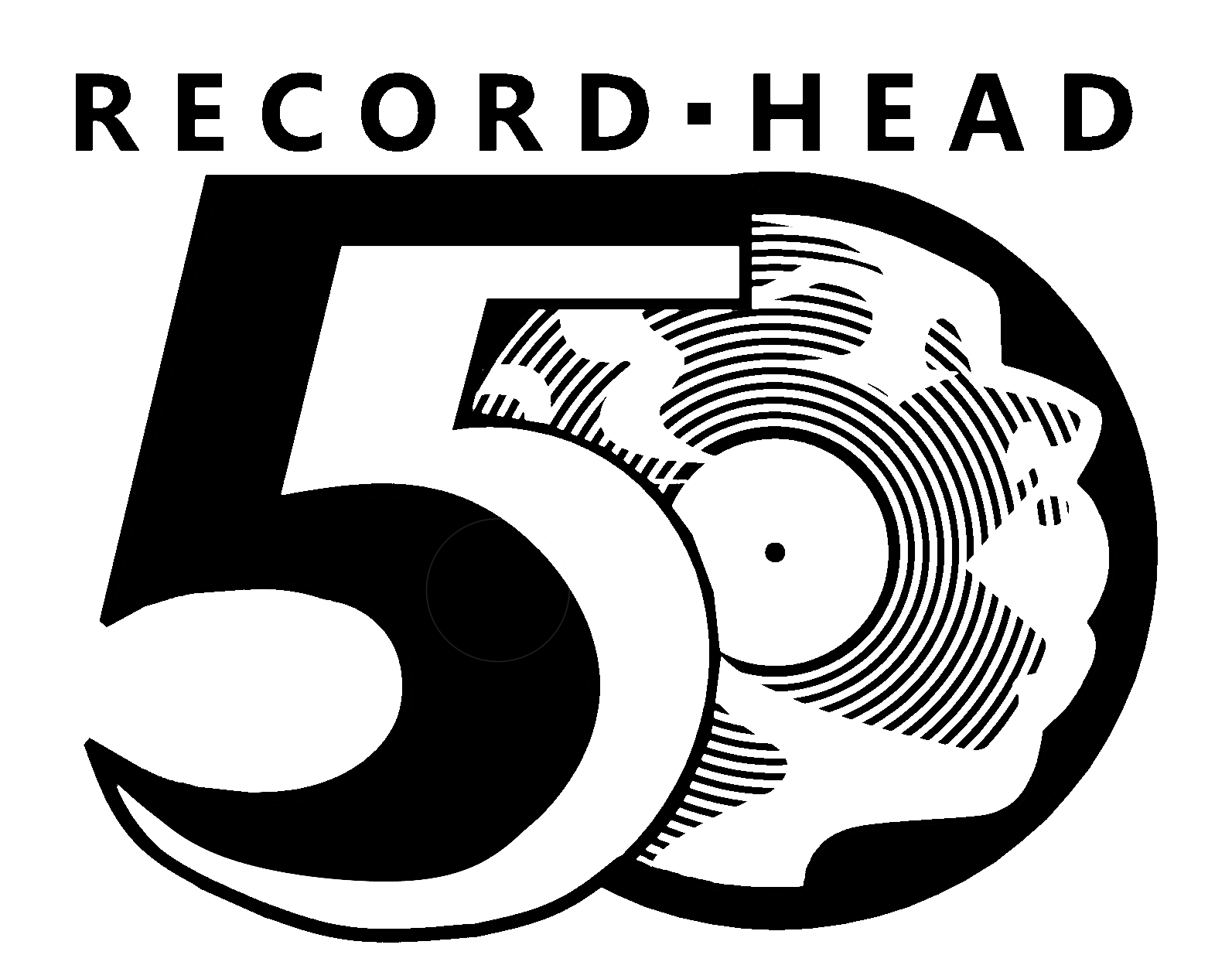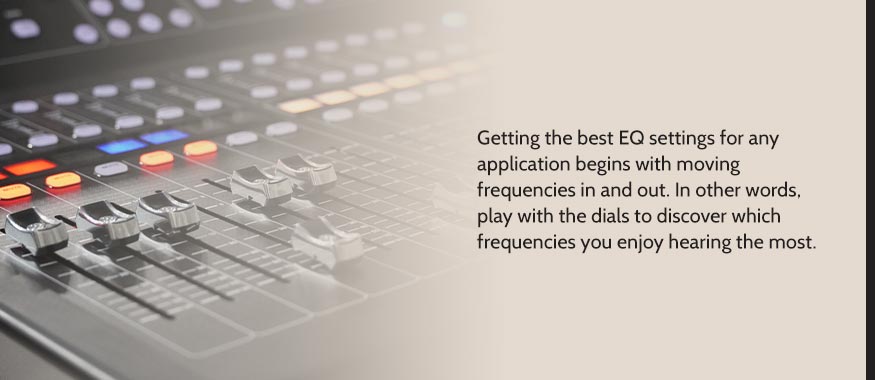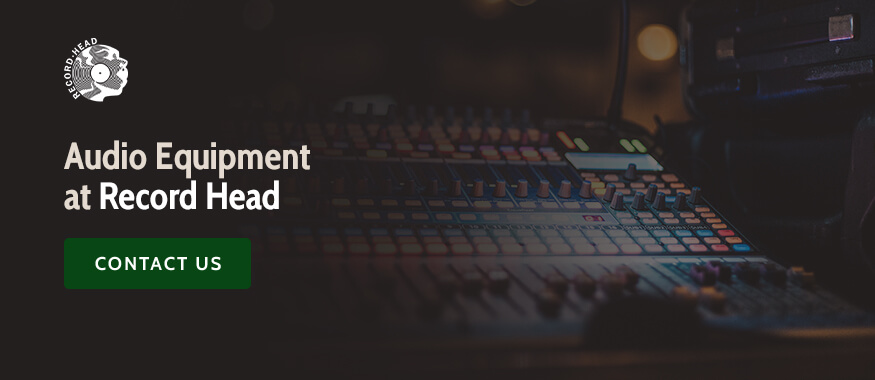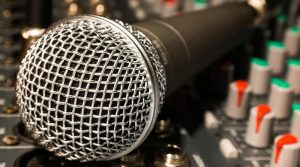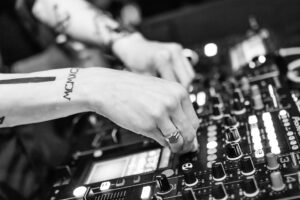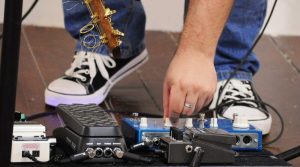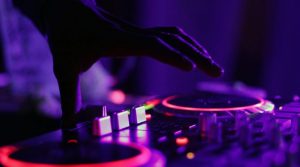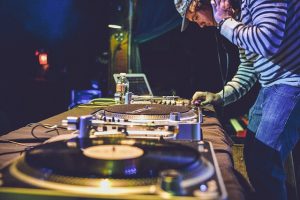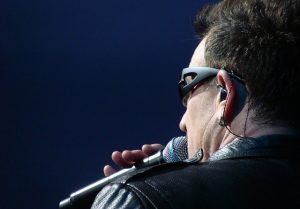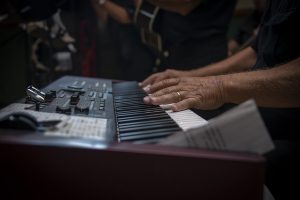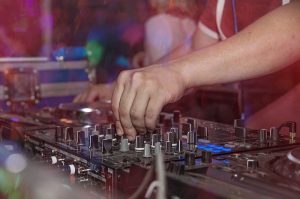
Sound equalization is both nebulous and exact. In some ways, equalization is a matter of preference, but at the same time, there are objective facts that describe the changes equalization makes possible.
One thing is certain — the balance of frequencies impacts the listening experience. It’s your job to sculpt what you want to hear by dreaming up your ideal EQ settings and finding the best equalizer settings for your listening preferences. At Record Head, we’ll help you understand the concept of audio equalization and teach you some tips you can use when setting your equalizer for the best sound.
What Is EQ?
EQ stands for equalization in music and home audio, which is essentially the concept of pushing, pulling and balancing frequencies in a recording through electrical means. You’ll find EQ settings on car stereos, headphones, televisions and Bluetooth speakers in a basic form.
Basic audio systems feature a two-band or three-band EQ system. Two-band systems split the frequency spectrum into high and low, while three-band systems offer a middle range. The system will start with each range at zero and then allow you to boost or reduce each range’s decibel level.
EQ systems in high-level or professional sound systems are more complex, dividing the frequency spectrum into smaller slices. Splitting the EQ controls into smaller groups will allow you to control the frequency response with greater specificity. Multi-band EQ systems feature 10, 12 or even 31 separate EQ sliders, each bound to a small slice of the spectrum.
Deliberate frequency equalization can bring out the best in your sound system by pushing important frequencies and reducing those that clutter the output. Providing a solid EQ doesn’t require superpowers, but it will become easier as you train your ear. Presets on stereos and theater systems are a good reference point for hearing the differences in an EQ setting. However, moving dials yourself will give you the ability to craft the ultimate listening experience.
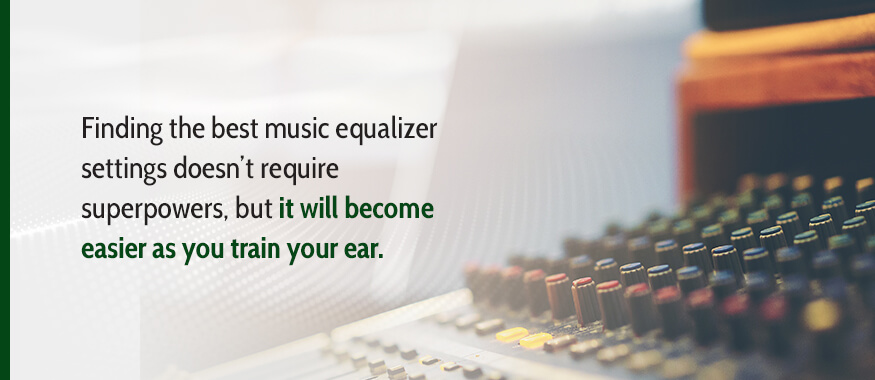
Find the Right EQ for Any Setting
The perfect equalizer setup depends on your preference, but some other factors matter just as much. The type of audio media, sound system and setting play major roles in equalization. Your EQ decisions shape the sonic experience — some changes strengthen voices, some bring clarity to the smallest details, and others make you feel the sound deep in your chest.
Understanding and applying EQ knowledge can improve your experience with various types of media and sound systems. Here’s how you can EQ some of the sound systems you use daily.
Music at Home
Setting the EQ for your home stereo system is a delicate art. You’ll want to consider the music you listen to most frequently to determine the EQ. You may even want to have multiple go-to settings to switch between as you hop from genre to genre.
As you adjust your home stereo’s EQ for music, start with a neutral setting. All high, mid and low dials should be at zero, where you can adjust to taste. Low frequencies help you feel the music through the bass and kick drum. High frequencies lead to clear, crisp vocals and cymbals, and guitars thrive in the middle to high range.
Every room’s architecture will change how it reacts to sound. For the best EQ settings for music, dial in your EQ any time you move your stereo into a new space.
Car Audio
The audio in your car can sound fantastic with the right EQ settings. The best EQ setting for car audio will vary — every car speaker is different, so adjust your EQ to taste.
Most cars have a three-band EQ at most, meaning you can only adjust general high, middle and low frequencies without much nuance. If you have trouble hearing vocals in the car, bump up the middle and high frequencies a decibel or two. If you want to feel the kick, crank up the low end. But be careful — too much bass can blow your speakers.
Home Theater Audio
A powerful surround sound system will transport you into the world you see on the screen. The best equalizer settings for home theater can help you embrace high-flying action scenes and subtle character interactions. Scooping middle frequencies while boosting the high and low ends helps your home theater’s audio system produce clearer dialogue while capturing the weight of action sequences.
Gaming
Finding the best EQ settings for gaming is similar to EQing for a home theater. In both cases, you want the audio to help with complete immersion. Your console or PC may have some EQ settings that you can switch between, so try a few out to find one you like and adjust to taste from there. Low frequencies can give some oomph to the explosive action in shooters and action-adventure games. Middle and high frequencies might help you pick up on an opponent’s footsteps.
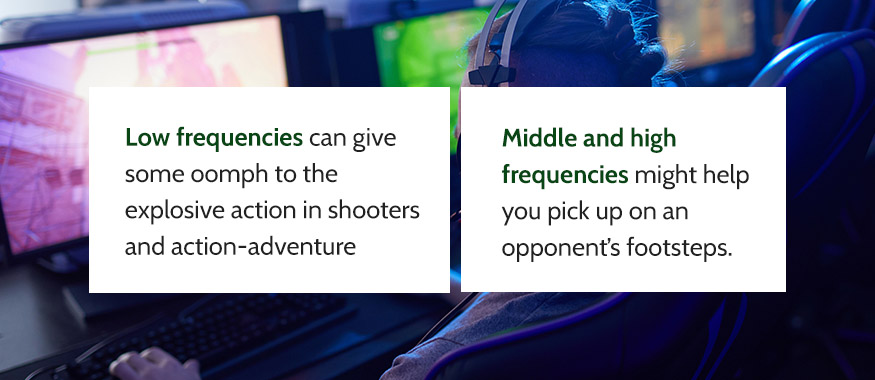
What are the Best Equalizer Settings for Music?
Achieving optimal equalizer settings boils down to frequencies measured in hertz (Hz) and how loud they’re amplified — measured in decibels (dB). The most important distinction in setting an EQ recognizes the need to add or subtract specific frequencies.
You can determine the best EQ setting for music by considering the instruments on display and weighing the importance of each one. You can boost the frequencies where important or subtle instruments reside while reducing the level of less important or overbearing instruments.
Follow the guide below to understand where instruments sit on the sonic spectrum:
- 20 Hz: This point is the absolute lowest frequency of an EQ since it’s at the lower end of what humans can hear. Bass instruments and kick drums begin here but can only be heard with a subwoofer.
- 50Hz: A second bass region. More user-friendly with most speakers. Bass and drums still dominating this zone.
- 100Hz: Start to hear more bass in your mix. Drums and lower tone instruments enter.
- 200Hz: This is where your “woofing” sound of bass and drums enters. Lower sounding guitars and pianos are present.
- 500Hz: Midrange frequencies of horns, bass, and vocals.
- 1kHz: Guitars, pianos, and snare drums live in this frequency range.
- 2kHz: Influential in vocal sounds. Timbre sounds less “nasally” when cut.
- 5kHz: Range for electric guitars (distorted and clean).
- 10kHz: Drumming cymbals and the higher ranges of synths and pianos live here.
- 20kHz: Humans can hear just above this frequency, so this region handles extremely high-frequency tones.
How to Get Your Perfect Sound With EQ Settings
Getting the best EQ settings for any application begins with moving frequencies in and out. In other words, play with the dials to discover which frequencies you enjoy hearing the most.
Dialing for the Genre
Different genres may demand different EQ settings to achieve the sound you crave. Are you a fan of the thick bass in electronic dance music? Try adding more decibels in the 20 to 100 Hz range. Do you wish you could hear the snap of the snare more clearly on your hip-hop beats? Try dialing in the 500 to 1,000 Hz range. If you want to hear the sparkling highs of music across genres, you should focus your efforts on the 5,000 to 10,000 Hz range.
EQ Over Volume
Louder does not always mean better. Seriously, let’s repeat that for that one friend at the party — louder does not mean better.
Many often think that pumping up the volume will allow them to hear music, movies, podcasts or any audio-based media better. The truth is that you can make any audio sound clearer and louder with careful equalization. Rather than boosting the overall decibel level, try tweaking some frequencies. You’ll find that a modest boost to the high end will bring out a level of clarity and crispness that gets a louder sound out of the same volume setting on your stereo.
Starting With Presets
If you’re new to EQ, select a preset and move from there. Eventually, you’ll be able to place all controls in the center and set each level to your exact specifications. Learning where instruments sit in the frequency range will ultimately help you set up your EQ for the best listening experience.
Audio Equipment at Record Head
Record Head allows you to buy and sell consumer electronics and media. We offer a wide variety of new and used studio gear, new and used musical instruments, and vintage vinyl records for your listening pleasure. Many of our stereo equipment products also contain great onboard EQ capabilities.
Contact Record Head today for more information about our products.
